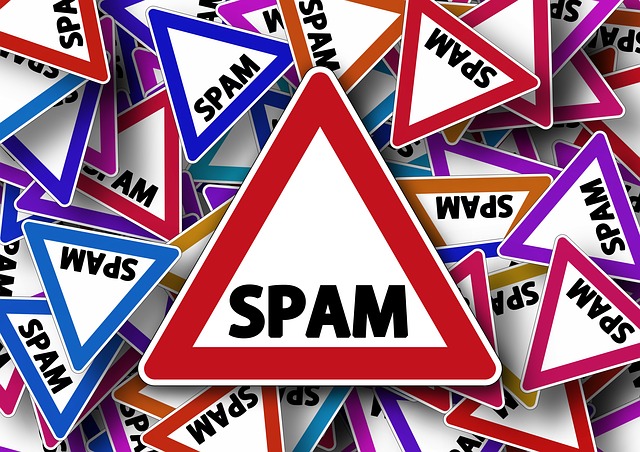Think of your email recipient’s inbox as a nightclub. Just like you don’t want to get all dressed up to not be let in by the bouncer, you don’t want to work hard on your bulk emails just for them to be caught in the dreaded SPAM filter. Because SPAM filtering is constantly evolving and there are so many mistakes that could get your email caught in a SPAM filter, it is important to keep your strategy for avoiding them up to date.
Most SPAM filters examine an email message and assign points based on the content of the message. The more points the message has, the more likely it is to be blocked, and the more likely you are to end up on a DNS blacklist. The DNS blacklist compiles large amounts of IP addresses that have a reputation for sending what it considers to be SPAM. DNS is by far the most popular type of SPAM filter, and is the most likely to get in between your message and your recipient.
Although it can feel overwhelming, if you abide by the following guidelines, you are well on your way to becoming a bulk email VIP.
Examples of what will rack up SPAM points
- Using words like free, diet, deal etc. Visit this site for a detailed list of no-no words.
- Using excessive punctuation or words in all caps, and limit your usage of colored text to one or two accent colors. For example, “HOW TO AVOID SPAM FILTERS!!!” is a bad choice.
- Sending email to addresses that bounce several times in a row. Clean out your list to get rid of those hard bounces. It is better to have a good list of 50, than a bad list of 500.
- Using email addresses in the “from” field that do not actually exist. This is actually a federal law (talked about in more detail below in the CAN-SPAM Act section), so you probably want to make sure you’re using real information.
How to test your emails
Small messages (under 40K) that have more text and less images with no attachments are more likely to break through the SPAM filter. If you’re sending newsletters with PDF attachments, it might be a better option to just provide a link to your website where people can download the PDF (plus added website traffic bonus!).
Databank users can use the Contactology SPAM Analysis Tool to see if the alert will be marked as SPAM. You can find this tool under the Analyze tab in Powermail and Advocacy.
Every ISP and every mail program can implement their own SPAM rules, so passing this test does not guarantee your message will pass all SPAM filters. Nevertheless, the test is an indicator of the likelihood that your alert will pass commonly used SPAM rules, and make it to your readers’ inboxes.
Make sure your emails are CAN-SPAM Act compliant
The CAN-SPAM Act, or the ‘Controlling the Assault of Non-Solicited Pornography And Marketing Act of 2003’, is a federal law, and therefore you probably want to do your best to make sure your emails are following the rules. A short list of some things that must be included according to the CAN-SPAM Act are:
- Don’t use false or fake information in the “from” field.
- Don’t use false or misleading subject lines or header information.
- You must include your physical address in emails.
- Include a visible Unsubscribe/Opt-out option.
- You cannot email a harvested list (there are a couple of exemptions to this for religious, political, or national security messages).
- If people email you to be taken off a list, do it within 10 days.
- Make sure others handling emails on your behalf abide by the law as well.
- You can read more about it on the FCC’s web page, or what most of us go to – Wikipedia, which has full details as well.
Check to make sure you are not on a DNS blacklist
If you know your IP address, you are well on your way to knowing where you stand in the world of blacklisted domains. Visit a free site like MX Toolbox to find out if your mail server is on a blacklist. You may have an email provider, like thedatabank, that frequently checks for you.
If you are on a blacklist?
There is hope. Contacting the blacklist holder is your best shot. Sometimes asking is enough, and sometimes you need to make changes and prove you have made those changes to be taken off of the list.
Want more information on how to improve email delivery? Read our info sheet on avoiding SPAM filters (made for Databank clients, but includes some tips everyone can use)
Have more tips on how to avoid spam filters? Leave a comment below!


 thedatabank, gbc is technology for change, and we walk the talk.
thedatabank, gbc is technology for change, and we walk the talk. 

